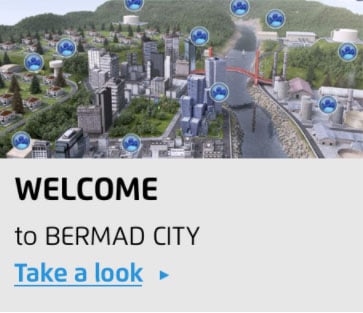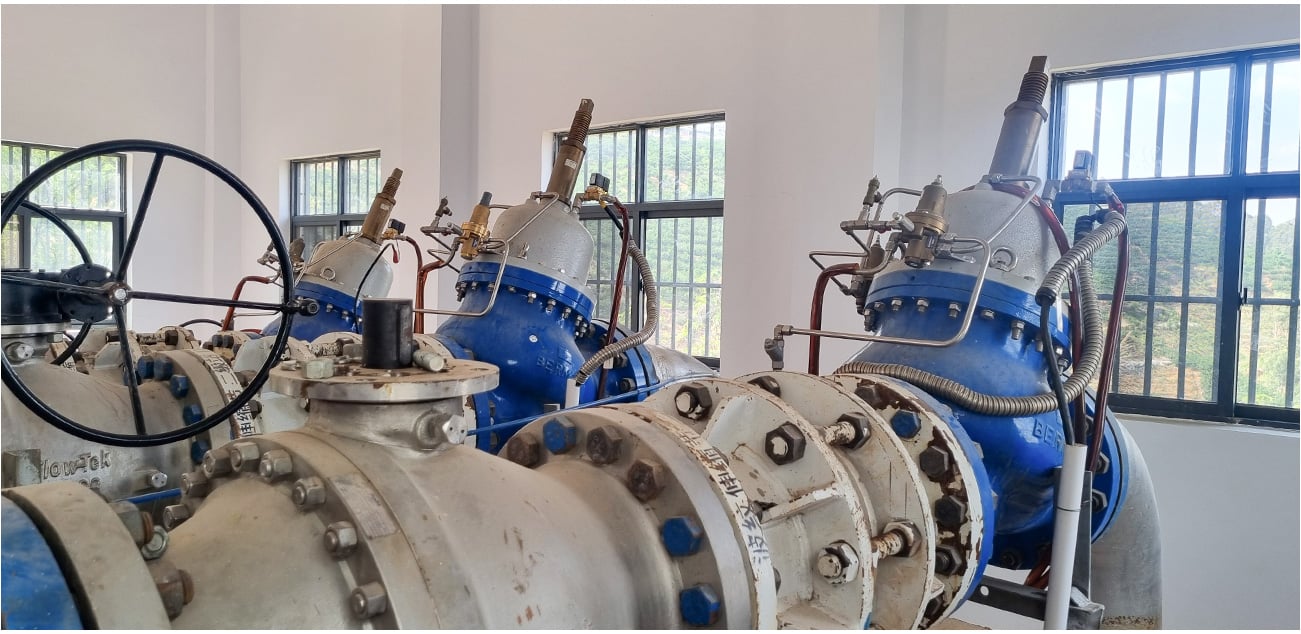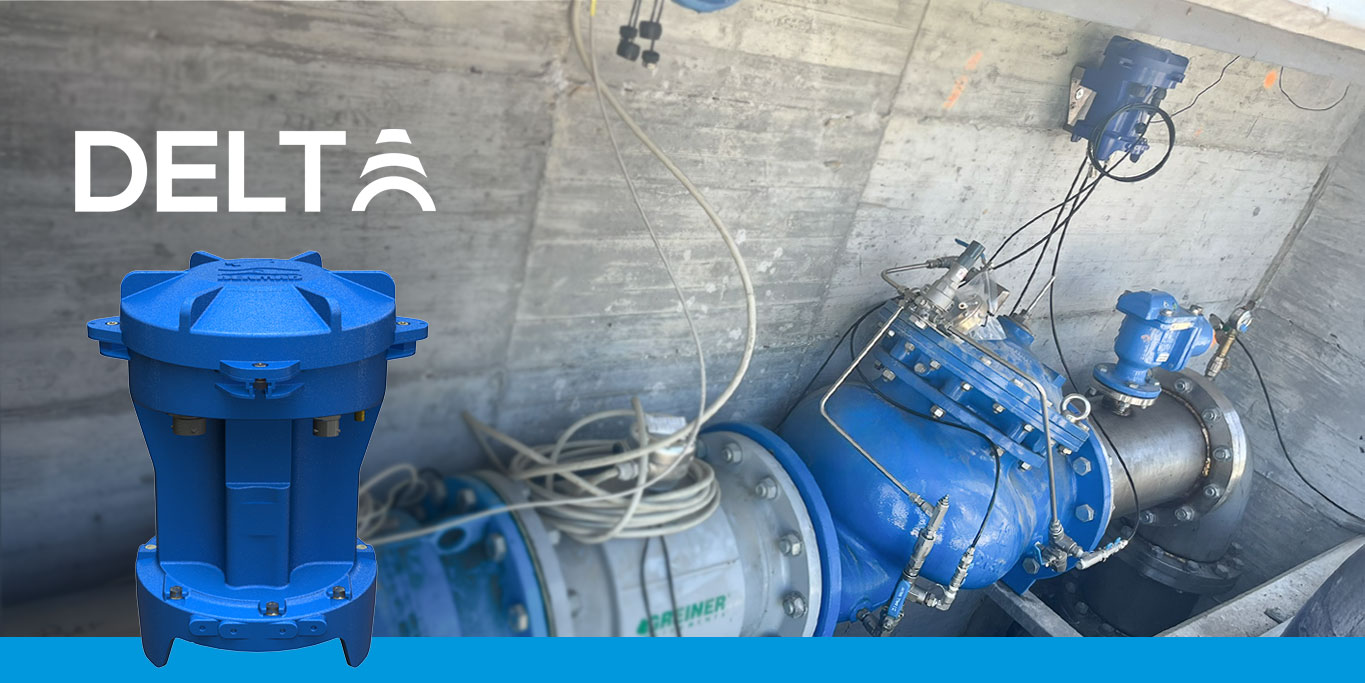Tapping Into Efficiency: The Unseen Potential of Non-Revenue Water - In the vast and intricate world of water utilities, a significant challenge persistently affects the efficiency and sustainability of water systems worldwide. This challenge is known as non-revenue water (NRW).
This term encapsulates all the water produced and distributed that never reaches the billing meters or generates revenue for water utilities. NRW is not just a technical issue; it represents a critical aspect of water management that affects the financial health of utilities the failure of humanity to save the most precious resource.
At its core, NRW includes water losses through leaks, theft, or inaccuracies in metering and billing systems. These losses are not merely figures on a balance sheet; they represent a tangible wastage of a precious resource. For water utilities, the implications are profound. High levels of NRW can lead to significant revenue losses, increased operational costs, and an unnecessary strain on water resources. Moreover, in a world where water scarcity is becoming increasingly pressing, the effective management of NRW is not just a matter of economic prudence but also environmental responsibility and social equity.
Recognizing the critical nature of this issue, this article aims to delve into one of the most effective strategies for combating NRW: pressure management. Pressure management in water distribution systems is a potent tool for reducing leakages and bursts, thereby significantly lowering the volume of NRW. By controlling and optimizing the pressure within the water distribution network, utilities can reduce water losses and prolong the lifespan of their infrastructure, leading to long-term financial and operational benefits.
BERMAD, a leader in water control solutions, has been at the forefront of developing and implementing advanced pressure management technologies. With decades of experience and a deep understanding of the complexities of water systems, BERMAD offers innovative solutions tailored to the unique challenges water utilities face. Through implementing BERMAD’s state-of-the-art pressure management systems, utilities across the globe have transformed their approach to managing NRW, witnessing substantial improvements in efficiency, sustainability, and financial performance.
As we explore the nuances of NRW and the transformative impact of pressure management, we invite you to consider the insights and solutions presented in this article. Focusing on practical strategies and real-world applications, we aim to provide a comprehensive understanding of how pressure management can revolutionize the way water utilities address the perennial challenge of non-revenue water.
A Deeper Dive into the Realm of Non-Revenue Water
Breaking down NRW into its components, we find two primary categories: real and apparent losses. Real losses are the physical leakages through pipes, joints, and fittings, often exacerbated by aging infrastructure or external factors. Apparent losses, on the other hand, arise from non-physical sources such as metering inaccuracies and unauthorized consumption.
The economic impact of NRW is as profound as it is far-reaching. Financially, NRW represents a substantial loss of potential revenue for water utilities. The cost of producing and distributing this water, which never gets billed, directly affects a utility’s bottom line. These losses can constrain the resources available for system improvements and expansions, creating a vicious cycle of underinvestment and inefficiency.
Beyond the economic aspect, NRW also has significant environmental implications. Water is a precious and limited resource, and the loss of water contributes to the depletion of this resource, exacerbating the challenges of water scarcity. The energy used to process and distribute this non-revenue water, now wasted, adds to the environmental footprint of water utilities.
The social implications of leakage in municipal networks cannot be overstated. In regions grappling with water scarcity, every drop of lost water represents a missed opportunity to serve communities in need. Furthermore, frequent water supply interruptions and inadequate pressure management, often consequences of bursts and water supply cuts, can lead to public dissatisfaction and erode trust in water utilities.
Recognizing these multifaceted impacts, the reduction of leakage emerges not only as a financial necessity but also as an environmental and social imperative. Sustainable water management, an essential goal for water utilities worldwide, hinges on effectively tackling leakages & bursts. This challenge requires a nuanced understanding of the causes of NRW and a commitment to adopting innovative strategies and technologies, like those offered by BERMAD, to mitigate these losses. The journey towards reducing NRW is not only about improving the financial health of water utilities but also about ensuring the resilience and sustainability of water distribution systems for future generations.
Pressure Management: A Key to Unlocking NRW Reduction
In the quest to combat non-revenue water (NRW), pressure management emerges as a strategic linchpin. This section delves into the pivotal role of pressure management in leak reduction and how it serves as a cornerstone in optimization of water distribution networks.
The Strategic Imperative of Pressure Management
Pressure management involves the precise control and regulation of water pressure throughout a distribution system to optimal levels. This strategy is not just about reducing pressure; it’s about optimizing it to balance efficiency and reliability. Excessively high pressure in pipes can accelerate leakages and exacerbate pipe bursts, leading to increased water loss. Conversely, adequately managed pressure levels can substantially mitigate these issues. By implementing a well-designed pressure management strategy, utilities can directly tackle the primary contributor to real losses in their systems.

Minimizing Leakages and Bursts
The relationship between water pressure and leakage rate is governed by a fundamental principle: higher pressure leads to higher leakage rates. By controlling the pressure, the rate of water being lost through existing leaks can be significantly reduced. Moreover, lower and well-regulated pressure reduces the stress on pipes, thereby decreasing the frequency of bursts and extending the lifespan of the infrastructure. BERMAD’s expertise in this area is particularly notable; their pressure management solutions are designed to adapt to varying demand patterns and system dynamics, ensuring consistent pressure levels that minimize leakage and the likelihood of pipe failures.
 Advantages for Water Utilities
Advantages for Water Utilities
Adopting pressure management solutions offers a plethora of benefits for water utilities. Financially, the reduction in water loss translates into substantial cost savings and enhanced revenue potential. Environmentally, it contributes to the conservation of water resources and reduces theenergy footprint associated with water treatment and distribution. From a social perspective, effective pressure management leads to improved service reliability and customer satisfaction, as it reduces supply interruptions and ensures consistent water delivery. Furthermore, utilities that embrace these solutions position themselves at the forefront of sustainable and efficient water management, showcasing their commitment to resource conservation and operational excellence.
Embracing Pressure Management for NRW Reduction
Pressure management stands as a transformative approach in leakage reduction. Integrating advanced strategies like BERMAD solutions is crucial for water utilities to address the pervasive challenge of NRW effectively. This approach offers a comprehensive solution that not only improves the financial standing of utilities but also ensures the resilience and sustainability of water distribution systems for the future.
Related Products















